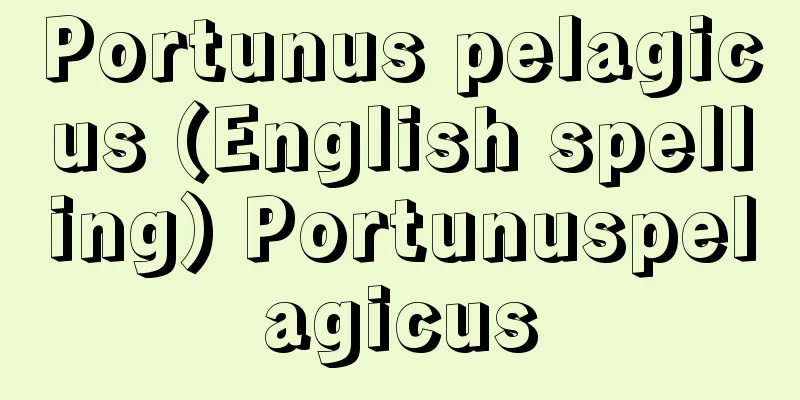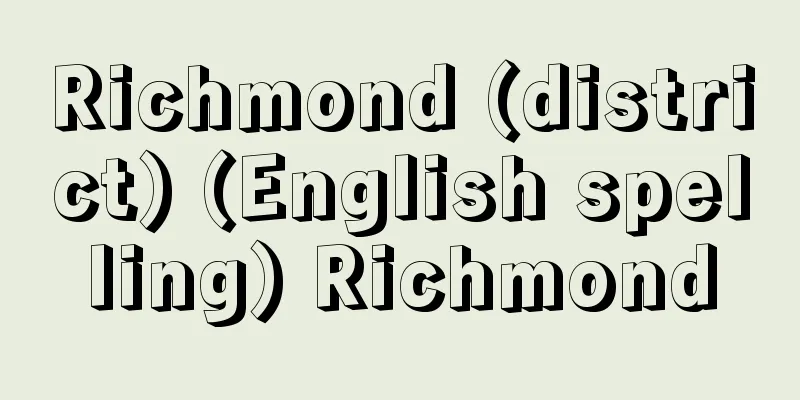Munich Conference - Munich Conference

|
In 1938, a four-power conference was held in Munich, Germany, between Britain, France, Germany, and Italy, at which it was decided to cede the Sudetenland, which was then part of Czechoslovakia, to Nazi Germany. Hitler, who came to power in Germany in 1933, had as his immediate goal the annexation of Austria and Czechoslovakia, as outlined in his secret speech on November 5, 1937. As planned, after the annexation of Austria on March 13, 1938, Germany's invasion extended to Czechoslovakia. Within Czechoslovakia, the Sudeten German Party (led by Henlein), which was formed among Germans in the Sudetenland bordering Germany, was in contact with the Nazis and created the "Karlsbad Manifesto" in April, expressing its desire for autonomy, but its purpose was to create an opportunity for Germany to annex the region. Fearing that the crisis over the Sudetenland would lead to a war in Europe, the British and French governments adopted a policy of lobbying the Czechoslovak government to make concessions to the Sudeten German Party, so on September 6, the Czechoslovak government presented the Sudeten German Party with a proposal that met the demands of the "Karlsbad Manifesto." Henlein, with Hitler's backing, naturally did not want the situation to be resolved in this way and announced the end of the negotiations, and Hitler himself gave a speech on the 12th of the same month calling for the self-determination of the Sudeten Germans (unification with Germany). As the crisis deepened, British Prime Minister N. Chamberlain requested a meeting with Hitler, and a meeting was held on the 15th in Berchtesgaden. There, Hitler formally presented his demand for the annexation of the Sudetenland to Germany, and the British and French governments responded by pressuring the Czechoslovakian government to accept this demand. The Czechoslovakian government was forced to accept it on the 21st, but at another meeting held in Godesberg on the 22nd and 23rd, Hitler presented Chamberlain with expanded demands, such as accelerating the handover of the Sudetenland. As tensions rose to the point of almost war, the Munich Conference was held by the four powers of Great Britain, France, Germany, and Italy, excluding Czechoslovakia and its ally the Soviet Union. The conference took place on September 29-30, and decided to cede the Sudetenland to Germany, largely accepting Hitler's demands made at Godesberg. This marked the culmination of the policy of appeasement against German aggression, but at the time attention was focused on the fact that the danger of war had been averted, and Chamberlain won the praise of the British people by proclaiming "peace in our time." [Yoichi Kibata] "Research on the Prehistory of the Second World War" by Takashi Saito (1965, University of Tokyo Press) " "Hitler and the Munich Agreement" by Masanori Tsunakawa (Kyoikusha History Paperback)" [Reference] |Source: Shogakukan Encyclopedia Nipponica About Encyclopedia Nipponica Information | Legend |
|
1938年ドイツのミュンヘンにおいて、当時チェコスロバキア領であったズデーテン地方をナチス・ドイツに割譲することを決めたイギリス、フランス、ドイツ、イタリアの四国会談。 1933年にドイツで政権をとったヒトラーの対外侵略計画の当面の目標は、37年11月5日の秘密演説に示されているように、オーストリア、チェコスロバキアの併合であった。この計画どおり38年3月13日のオーストリア併合後、ドイツの侵略の手はチェコスロバキアに伸びていった。チェコスロバキアの内部では、ドイツと国境を接するズデーテン地方のドイツ人の間でつくられたズデーテン・ドイツ人党(指導者ヘンライン)がナチスと連絡をとりつつ、4月に「カールスバート綱領」を作成、自治を求める姿勢を示したが、その目的はドイツによる同地方併合のきっかけをつくることであった。ズデーテン地方をめぐる危機がヨーロッパでの戦争につながるのを恐れて、英・仏政府がズデーテン・ドイツ人党への譲歩をチェコスロバキア政府に働きかける方針をとったこともあり、チェコスロバキア政府は9月6日、「カールスバート綱領」の要求に沿う案をズデーテン・ドイツ人党側に提示した。ヒトラーを背後にしたヘンラインは、もちろんこのような形での収拾を望まず、交渉打ち切りを通告、ヒトラーも同月12日ズデーテン・ドイツ人の民族自決(ドイツとの合併)を求める演説を行った。このようにして危機が深化するなかで、イギリス首相N・チェンバレンはヒトラーとの会見を希望し、15日にベルヒテスガーデンで会談をもった。ここでヒトラーは、ズデーテン地方のドイツへの併合要求を正式に提示、それを受けた英・仏政府は、この要求を飲むようにチェコスロバキア政府に圧力をかけた。チェコスロバキア政府はやむなく21日にそれを承諾したが、22~23日にゴーデスベルクで再度開かれた会談で、ヒトラーはチェンバレンに対して、ズデーテン地方の引き渡し時期を早めるなど、さらに拡大した要求を突きつけた。 これによって緊張が戦争前夜を思わせる状況にまで高まるなかで、当事国のチェコスロバキアとその同盟国ソ連を除外し、イギリス、フランス、ドイツ、イタリアの四国によって開かれたのが、ミュンヘン会談である。会談は、9月29~30日に行われ、ゴーデスベルクでのヒトラーの要求を大幅に受け入れる形で、ズデーテン地方のドイツへの割譲を決定した。これはドイツの侵略に対する宥和(ゆうわ)政策の頂点となるできごとであったが、その時点では戦争の危険が回避されたことに注意が集まり、チェンバレンは「われわれの時代の平和」を唱えて、イギリス国民の賞賛を浴びた。 [木畑洋一] 『斉藤孝著『第二次世界大戦前史研究』(1965・東京大学出版会)』▽『綱川政則著『ヒトラーとミュンヘン協定』(教育社歴史新書)』 [参照項目] |出典 小学館 日本大百科全書(ニッポニカ)日本大百科全書(ニッポニカ)について 情報 | 凡例 |
<<: Munich International Music Competition - Munich International Music Competition
>>: Munich Putsch (English spelling)
Recommend
Aiolia
…Typhōn, the king of monsters who was struck by l...
Callington, R.
...Observations to determine the relative number ...
Spartina
...Garden grasses are also grasses of the grass f...
Engraving (English spelling)
A painting term. An engraved intaglio technique fo...
Papio cynocephalus (English spelling)
…It refers to the four species of Guinea Baboon (...
Night watch - yakei (English spelling)
Rembrandt's 1642 work, now in the collection o...
Oplopanax horridus (English spelling) Oplopanaxhorridus
…[Murata Gen]. … *Some of the terminology that me...
Ina Highway - Inakaido
…Post stations were established on the Nakasendo,...
Ardashīr I
The first king of the Sassanid Empire. Reigned 224...
judicial assistance
This refers to the legal assistance that courts g...
Imna (English spelling)
Also called "Ninna." A general term for ...
Nyuzen [town] - Nyuzen
A town in Shimoniikawa County in the northeastern ...
Retroviridae
…An infectious disease caused by the equine infec...
Ortho-jiazine - Ortho-jiazine
...A six-membered aromatic heterocyclic compound ...
Calf cramp
A slang term for tonic spasms of the calf muscles....









